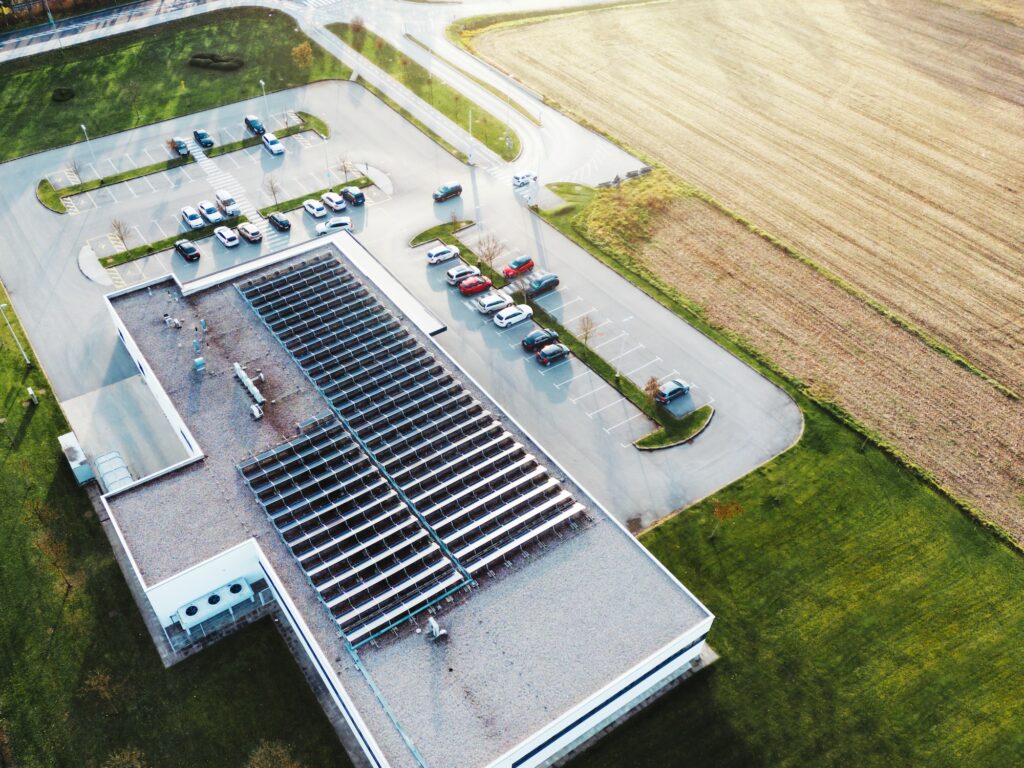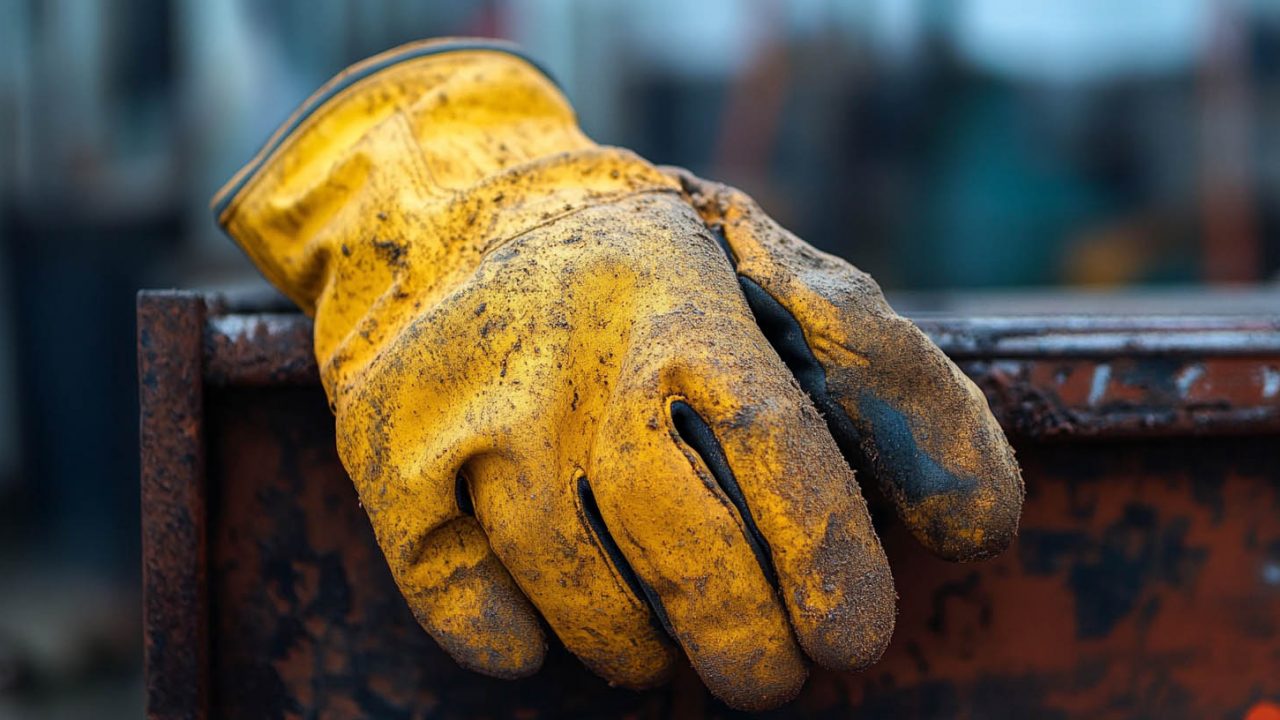Ensuring the safety of workers in the roofing and construction industry is paramount. Gloves are an essential part of personal protective equipment (PPE) that safeguard against various hazards. At United Contracting & Roofing LLC, we emphasize the importance of choosing the right gloves for different tasks to maintain a safe working environment.
Types of Gloves and Their Uses
Vinyl Gloves
- Cost: Approximately $10 per 100 pair box.
- Pros: These gloves are non-latex, disposable, and cost-effective, making them ideal for tasks requiring minimal hazard protection. Their affordability and ease of use make them suitable for environments where frequent glove changes are necessary, such as food preparation and other low-risk tasks.
- Cons: They offer limited puncture and chemical protection, making them unsuitable for tasks involving sharp objects or hazardous chemicals. While they provide basic barrier protection, they are not designed for heavy-duty use or high-risk environments.
Aluminized Gloves
- Cost: Starting around $50, depending on the style.
- Pros: These gloves offer excellent reflective and insulating protection against heat, making them ideal for welding and metalwork. They are designed to withstand high temperatures and provide robust hand protection in these demanding environments.
- Cons: These gloves require specific liners for different tasks to ensure optimal protection and comfort. It is important to consult with a welding professional before use to determine the appropriate liner and glove combination for your specific needs. This ensures safety and effectiveness while performing various tasks.
Kevlar Gloves
- Cost: Approximately $5 per pair.
- Pros: These gloves are lightweight, cut-resistant, and extremely heat-resistant, withstanding temperatures up to 900 degrees Fahrenheit. They are five times stronger than steel, providing excellent protection. Often used as liners, they add an additional layer of safety without significantly increasing bulk.
- Cons: Over time, these gloves have poor resistance to UV rays, which can degrade their material. High-rated safety gloves can be thick, restricting mobility and dexterity, making them less suitable for tasks requiring precise hand movements.
Safety Ratings
Understanding the ANSI (American National Standards Institute) glove safety standards is crucial for selecting the appropriate gloves. These standards provide a clear indication of the cutting load a glove can withstand before penetration by a sharp blade, helping you choose the right level of protection for specific tasks. By referring to the ANSI ratings, you can ensure that the gloves you select meet the necessary safety requirements for handling sharp objects and materials, ultimately enhancing workplace safety and reducing the risk of injuries.
- A1: 200 – 499 grams (Low Cut Hazards)
- A2: 500 – 999 grams (Light Cut Hazards)
- A3: 1000 – 1499 grams (Light/Medium Cut Hazards)
- A4: 1500 – 2199 grams (Medium Cut Hazards)
- A5: 2200 – 2999 grams (Medium/High Cut Hazards)
- A6: 3000 – 3999 grams (High Cut Hazards)
- A7: 4000 – 4999 grams (Higher Cut Hazards)
- A8: 5000 – 5999 grams (Highest Cut Hazards)
- A9: 6000+ grams (Extreme Cut Hazards)
Conclusion
Selecting the right gloves is essential for protecting workers from various hazards on the job. At United Contracting & Roofing LLC, we prioritize safety and ensure that our team is equipped with the best protective gear. For more information on Green Roofing: Eco-Friendly Solutions for Commercial Spaces, click here.








